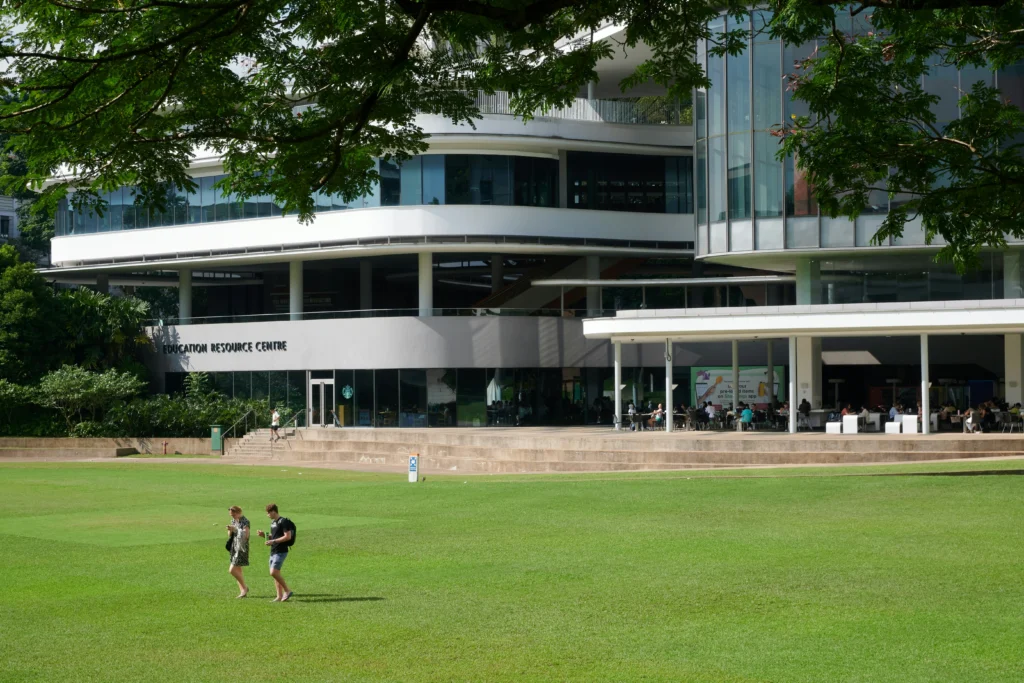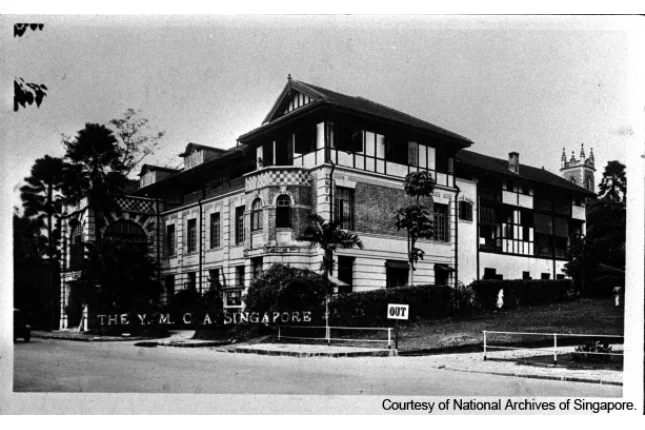An Unprecedented Window of Opportunity
The Trump Administration’s policies in 2025 have inadvertently created a strategic opening for non-US universities to challenge American higher education dominance. Through restrictive measures targeting diversity, equity, and inclusion programs, international student policies, research funding cuts, and direct institutional challenges—exemplified by the recent attack on Harvard—the US is undermining its own competitive position in global higher education.
This policy-driven uncertainty represents more than temporary disruption; it signals a potential realignment of the global academic landscape that Asian universities are uniquely positioned to exploit.
The Numbers Tell the Story
The 2025 World University Rankings reveal how narrow the gap has become. The National University of Singapore sits at 17th globally, while Nanyang Technological University holds 30th place. What’s remarkable is the concentration of opportunity: only 17 US universities occupy the top 30 positions.
Ten American institutions currently rank above NUS: MIT (2nd), Harvard (3rd), Princeton (4th), Stanford (6th), Caltech (7th), UC Berkeley (8th), Yale (10th), University of Chicago (14th), University of Pennsylvania (14th), and Johns Hopkins (16th). Seven more rank above NTU: Columbia (18th), UCLA (18th), Cornell, University of Michigan-Ann Arbor (22nd), Carnegie Mellon (24th), University of Washington (25th), and Duke (27th).
As US institutional rankings inevitably decline under policy pressure, NUS and NTU are positioned for automatic advancement—not through their own decline, but through America’s self-imposed handicaps.
The Location Imperative: Where Dreams Meet Reality
During my involvement in MBA candidate interviews at a Singapore university, a clear pattern emerged. While candidates cited reputation and rankings as motivations, their deeper aspiration was professional opportunity in Singapore itself. Post-graduation satisfaction correlated directly with employment outcomes in their chosen location.
This dynamic became starkly apparent through an encounter with an Indian student from a Hong Kong university doing an exchange in Singapore. His original choice of Hong Kong was strategic—he wanted to work there after graduation. However, language barriers (neither Mandarin nor Cantonese) made employment prospects bleak. When I suggested returning to India as a backup plan, his response was sobering: the financial impossibility of repaying student loans on Indian salaries.
This scenario illustrates a fundamental truth about international education: location isn’t just about learning—it’s about launching careers. For the majority of international students, their university choice is inseparable from their post-graduation employment strategy.
The Scale of Opportunity
The 2024 Open Doors data reveals the magnitude of potential displacement: over 1.1 million international students currently study in the US, with India (29.4%) and China (24.6%) representing 54% of this population—nearly 600,000 students. These numbers represent not just enrollment statistics, but human capital that could be redirected to more welcoming destinations.
The Global Response: Positioning for the Brain Drain
Universities across Japan, China, Hong Kong, and Germany are already positioning themselves as safe havens for potential US “education exiles.” These initiatives, while initially reactive, represent the early stages of a broader strategic repositioning as institutions worldwide recognize the opportunity to capture market share from America’s retreat.
Singapore’s Strategic Choice
The critical question facing Singapore is not whether this opportunity exists—it clearly does. The question is how aggressively Singapore will pursue it. Will Singaporean universities actively court the potential exodus of high-caliber international students and research talent? Will this mean accepting higher-quality international students, or expanding capacity to accommodate increased demand?
These decisions transcend university-level strategy—they require national policy coordination. The uncomfortable reality is that most international students view Singapore education as a pathway to Singapore employment. The success of any higher education strategy depends on complementary immigration and employment policies.
If Singapore opens its educational doors but maintains restrictive post-graduation employment policies, these students will simply choose other destinations that offer complete packages: quality education and career pathways.
The Strategic Imperative
Singapore stands at a pivotal moment. America’s self-imposed restrictions on international talent create an unprecedented opportunity for strategic competitors to capture both human capital and institutional prestige. The question isn’t whether Singapore can capitalize on this moment—it’s whether Singapore will choose to do so decisively.
The rise of NUS, NTU, and other Asian universities isn’t just possible—it’s inevitable if they position themselves strategically while America retreats. The only question is how bold Singapore will be in seizing this historic opportunity.





